Water:
- The water is brackish which is a mix of salt and fresh water
- With constantly changing salt levels due to rain, the ecosystem has to constantly adapt to the different levels of salt in the water.
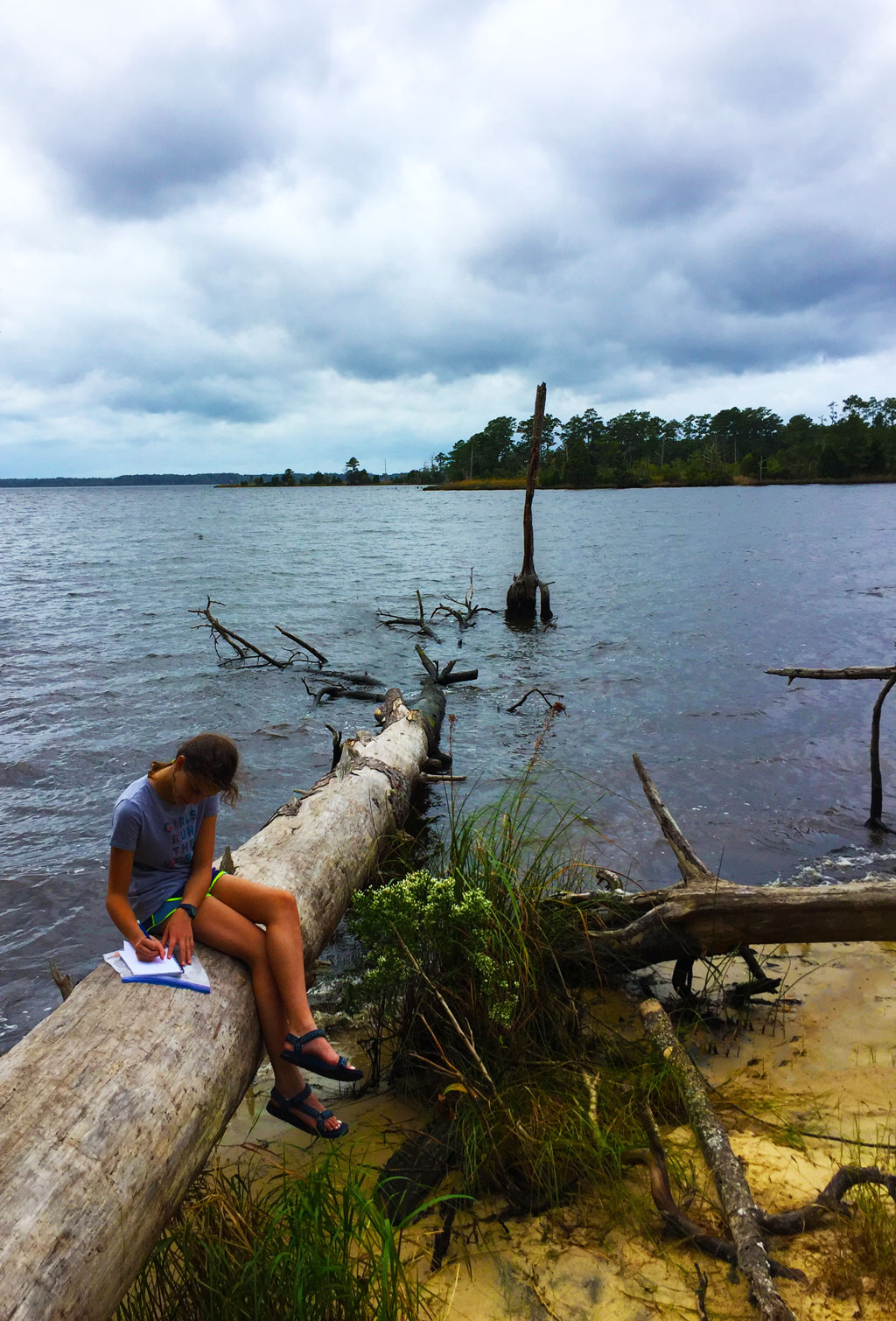
Julia journaling by the wate
Shallow Goose creek
- Ammonia, phosphates and nitrates show animals are present but not too much to disturb wildlife
- 50% dissolved oxygen
- pH is perfect
- Deeper brackish water
- 49% oxygen
- 33 turbidity (because of organic matter in the water from nearby erosion
- Ammonia, phosphates and nitrates show animals are present but not too much. This is just from animal waste and plant life in the marsh)
- pH is perfect (7)
- We thought that the phosphates and nitrates would be high. However, apparently these levels are only high when the water is high. This could be because chemicals wash into the water when it rains and the water gets high. The water was relatively low while we were there, and the brackish marsh was very close, which could have prevented these high levels. The chemicals must’ve been filtered through the marsh.
- The turbidity of the water was very low because of of so much organic matter in the water from erosion.
Human Impact
- Man made nests in the water to welcome birds back into the area
- Crab nets found in the water from fishermen.
- Campsites scattered across the state park.
- States park burn the marsh to make the plant roots stronger.
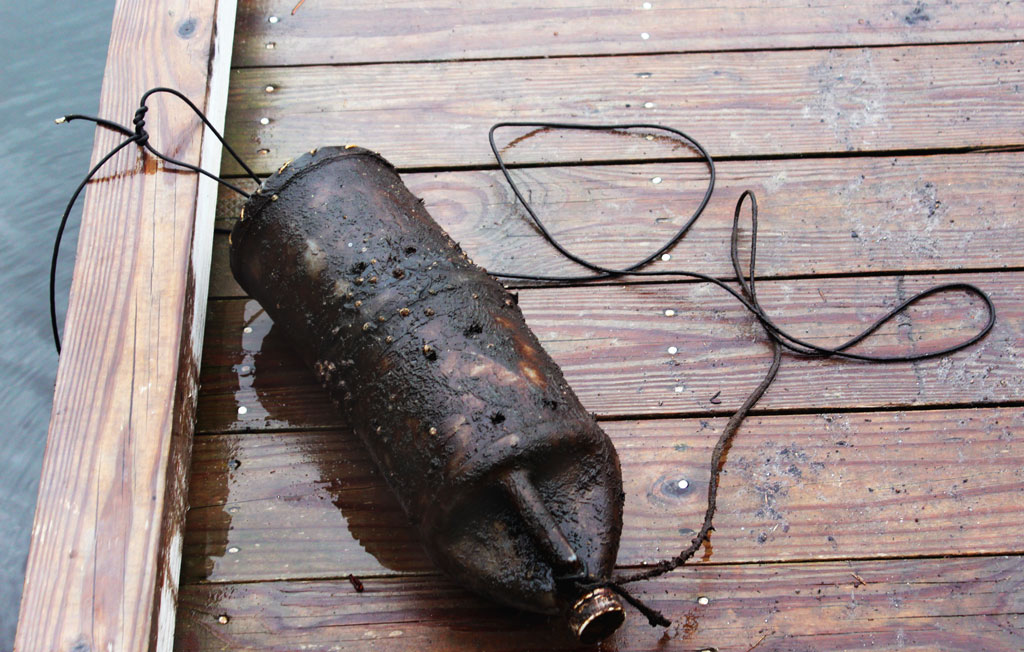
Crap trap found by the human impact researchers - Logged trees everywhere because they were infected
- Lots of Spanish moss in the trees which indicates air pollution
Zoology
- Most diverse site study out of all if the previous site studies
- Fish caught: 1 flounder and 11 bream fish
- Many minnows caught
- Whole environment, brackish marsh was a “spotting ground” for young fish (lots of eggs laid in the area)
- Great environment for animals
- No mammals besides squirrels from what we saw
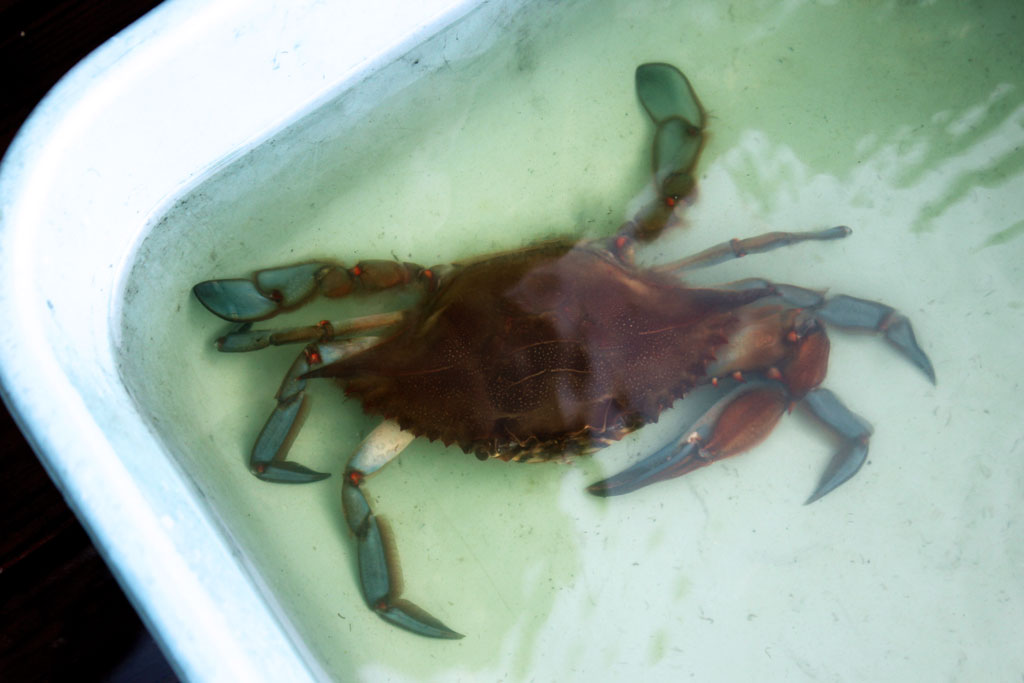
Botany
- Core grass was a dominant species in the marsh
- Trees and plants have to adapt to the constantly changing salt level in the brackish water
- Spanish moss provides tarantulas and chiggers grows on trees and branches.
- Roots of trees long and thick so they can withstand the water
-
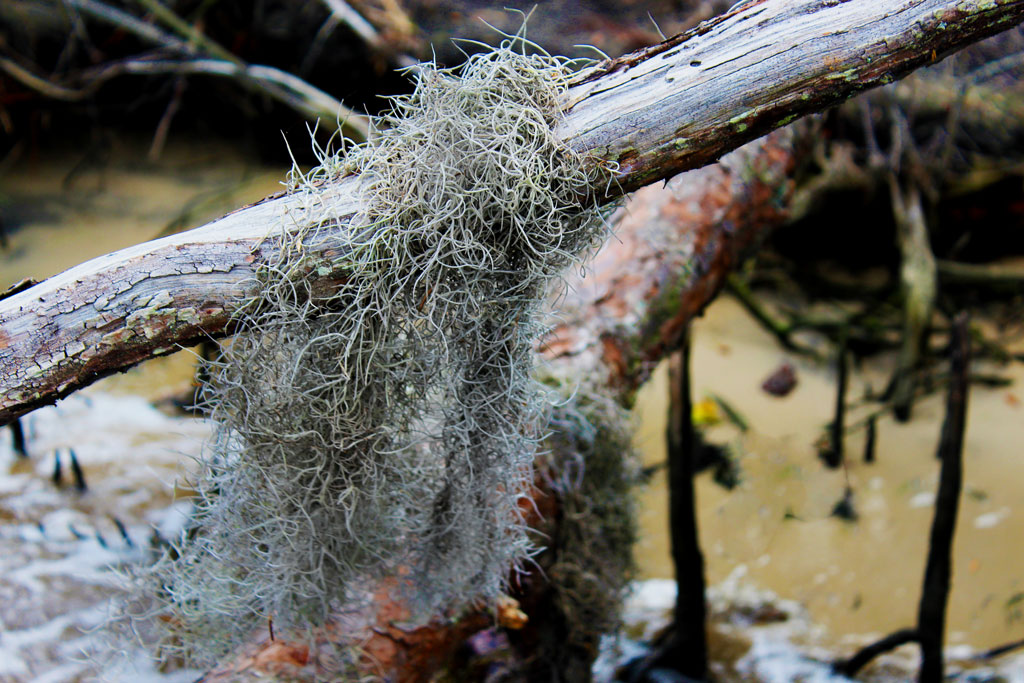
Spanish moss found by the botanists - Long roots to hold landscape together
- Grow deep to get to the rich soil (all plants)
- Carnivorous trees
- Black needle brush, saw grass and salt meadow are main plants in the area
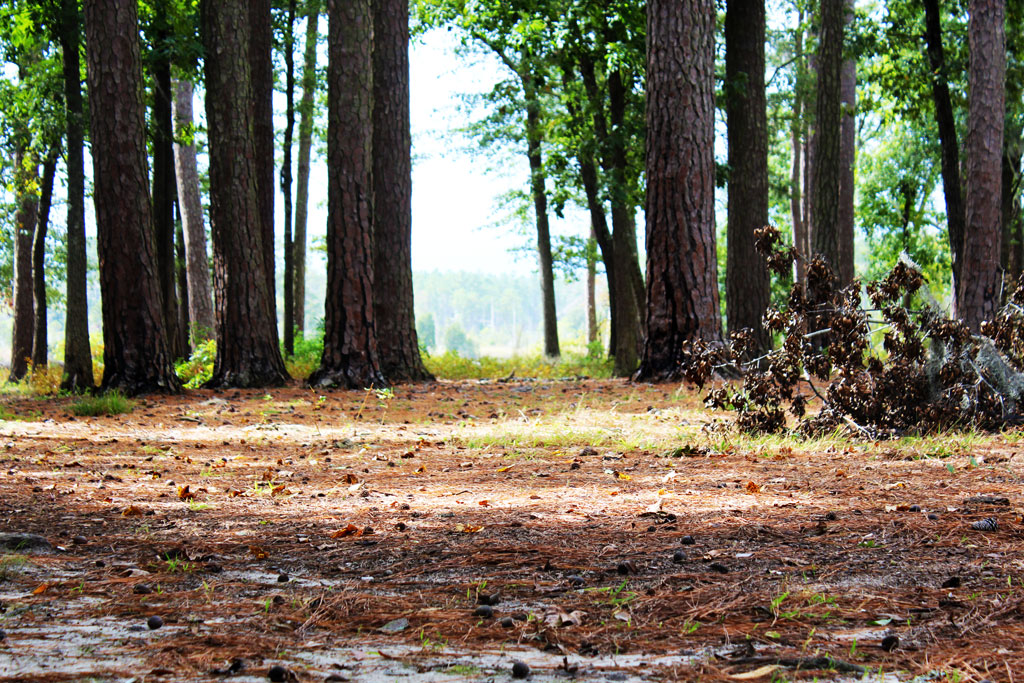
Landscape of goose creek
Landscape
- Lack of rocks
- The tides are constantly coming back and forth, which means more area of the landscape is exposed to the water
- The area itself is constantly changing and is affected heavily by rising sea levels
Meteorology
- On the lake it was very windy (more than on the land)
- Very humid because of the rain we’ve had
- Temperature didn’t change much depending on where we were (in the shade or out in the open)
Conclusion by Data Analyst:
Goose Creek was a very difficult site study for all the groups. It was confusing, I think for all of us, to understand what was happening to make this place the way it is. There was lots of diversity between the plants and animals. I later found out that habitats for different wildlife depend on what kind of marsh they grow in. There were two main types of marsh in Goose Creek; brackish marsh and freshwater marsh. Both marshes are located in an estuary (freshwater and saltwater). The weather can affect the amount of salt in the water each day which will impact which plants are healthiest. There is a wide variety of animals that live in the ever-changing marsh because of its well-sustained habitats.

